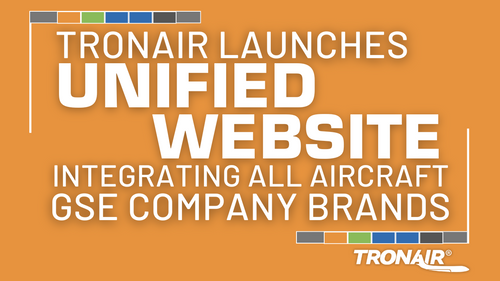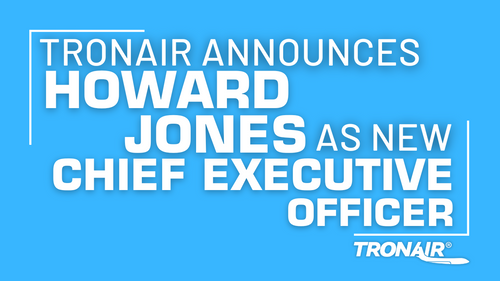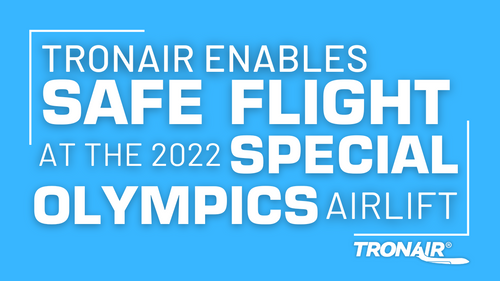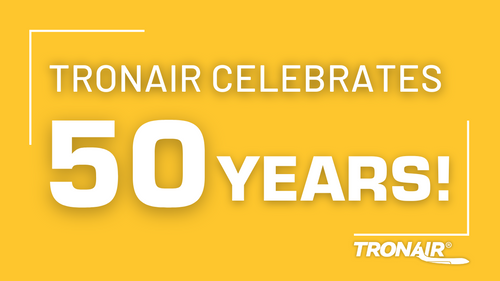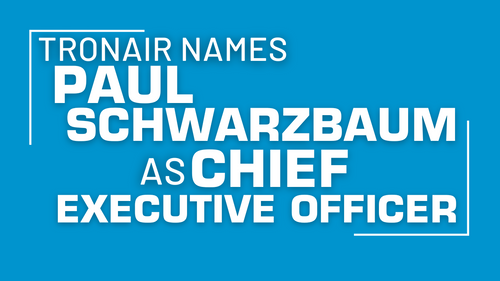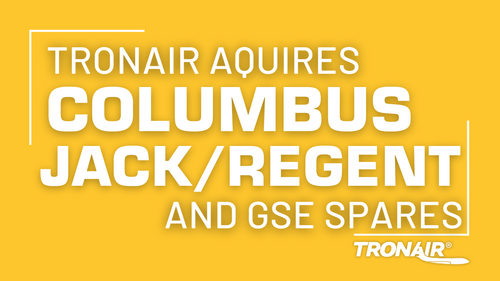
What To Do About the Aircraft Mechanic Shortage
Resources & Technical Articles
As a whole, the aviation and airline industry has faced some bleak times in recent years. Back in 2019, prospective aviation maintenance technicians were already facing high barriers to entry, leading to the start of an aircraft mechanic shortage. Then in 2020, it was hit with the worst shock since the recession of 2009. With the emergence of COVID-19, airlines were forced to lay off tens of thousands of workers due to the global havoc caused by suffering economies. Still, air travel has seen a resurgence over the last year, particularly with air freight, which is expected to continue rising. But while the demand for aircraft mechanics is coming back, airlines are still feeling the full effects of the aircraft mechanic shortage. If this trend continues, the aviation industry will undoubtedly suffer from more delays, cancellations and fewer aircraft in operation.
Even with these issues, all hope is not lost. In this article, we'll take a brief look at the current situation and forecast some possibilities of where it may be headed. Keep reading to learn more.
Understanding the Aircraft Mechanic Shortage
In 2019, the airlines' primary issue for finding personnel for aviation technician jobs was the noticeably high barriers to entry vs. the number of people who thought overcoming those barriers was worth it. Unfortunately, almost three years later, that situation remains entirely unchanged. Despite the countless blows to the industry, the agencies that stipulate the training requirements have yet to propose any new measures that would allow people to become licensed airplane maintenance technicians more easily. Of course, you can't just pull anyone off the street with a high school diploma and expect them to be able to fix a plane – but there are still countless resources being wasted. The most notable source is the hundreds of thousands of aircraft maintainers from the military who walk away from the field, taking all their years of experience with them.
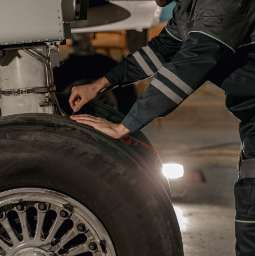
Aviation has radically changed since the start of 2019. While thousands of staff members were laid off at the height of the pandemic, most aircraft maintenance technician schools were also suspended. Those that remained open saw graduation rates drop by 25 percent. With the demand for air travel back and better than ever, the aircraft mechanic shortage poses severe problems to the industry. It takes 30 months for a student to meet the minimum requirements to become an airframe and powerplant mechanic in the U.S. A lot can go on between those 30 months, especially considering what we've witnessed over the last 21 months. The demand for aircraft mechanics remains high while the barrier to entry remains even higher.
How Big Is the Demand for Aircraft Mechanics?
Are aircraft mechanics in demand? Without question, the global market for air travel is dramatically increasing. In fact, the projected demand for global travel is expected to return to full pre-pandemic levels by 2023, then continue to grow throughout the next decade. To accommodate this demand, the global fleet is expected to surpass 49,000 commercial aircraft by 2040, with 20 percent of all deliveries going toward emerging markets. These factors indicate that aviation maintenance staffing must grow in raw numbers.
In addition, those who work in aviation technician jobs must understand technological methods to accommodate technological upgrades. Future aircraft will be considerably different than their legacy predecessors in construction methods and materials, technological connectivity and additive manufacturing. At the same time, aircraft mechanics must remain adept at working on legacy aircraft and the current technologies, which will remain in circulation well past 2037.
Why Aviation Maintenance Technician Recruitment Can Be So Difficult
While the Bureau of Labor Statistics anticipates a 12 percent growth in aviation technician jobs between 2020 and 2030, it may not be enough for the growing industry. But if the demand for aircraft mechanics is so high, why is there still an aviation mechanic shortage?
It doesn't matter if prospective students are fresh out of high school with no experience or veteran aircraft maintainers just getting out of the military – a career as an aircraft mechanic is becoming an increasingly tough sell. According to several maintenance, repair and overhaul (MRO) facilities surveyed by ARSA in 2017, the most common factors in the aircraft mechanic shortage were "difficulty finding and retaining technical talent" and "regulatory costs/burdens." The question is, why?
All Prospective Students Are Seen as Equal
Militaries around the globe (especially the U.S. military) operate enormous fleets of turbine engine-powered aircraft. At any given time, there are hundreds of aviation maintenance technicians getting out of the armed forces with a minimum of at least four years of practical, hands-on experience. Common sense would dictate that veteran aircraft mechanics would have a seamless transition from military to commercial aircraft. Yet, previous military experience matters very little when getting the licensure necessary to work in civilian aviation. Those with prior years of experience are subjected to the same 30-month program and median pay as civilians with no experience.
Competition From Other Industries
All forms of industrial maintenance are somewhat similar once you get past the surface-level differences. The same aptitude for problem-solving and skills needed for aviation technician jobs work in multiple fields, whether you're a power-lineman, diesel mechanic, welder or aviation maintenance technician.
Some of the following industries offer similar median salaries to that of aviation technician jobs, at a much lower barrier to entry, making them strong competitors for the aviation industry:
- Oil & Gas
- Powerline Installation & Repair
- Automotive
- Trucking/Diesel
How To Combat the Aviation Technician Shortage & Attract Top Talent
How can the aviation industry pull talented candidates away from other disciplines and keep them interested in aviation technician jobs? First, we have to address the main reason why they're not interested and are actively disenrolling from Airframe and Powerplant (A&P) programs.
For obvious reasons, the 30-month on-the-job training period only hurts the aviation industry. An A&P is nothing more than a license to learn, so why do the Federal Aviation Administration (FAA) and Aviation Technician Education Council (ATEC) mandate two-and-a-half years of hands-on training, even for ex-military members with prior experience?
The transportation department has no regulatory requirements for diesel and auto mechanics. They can go through a trade school program (shorter than the A&P requirement) and start work immediately. Many mechanics are hired on merit and experience alone, even without a certificate. In aviation, it's completely different. When moving forward, discussions must be made to reduce the massive burden of becoming a certified aviation maintenance technician, especially for military members. The military is an unparalleled resource for experienced mechanics of all ages. Yet they cannot transition to working on civilian aircraft, even if they worked on an identical airframe during their time.
If the FAA and ATEC can instate new regulations loosening up requirements for aircraft technician training, they have an excellent chance of getting out of the aircraft mechanic shortage.
Give Your Aviation Maintenance Technicians the Very Best With Tronair GSE
As work begins to pick back up, make sure your aircraft mechanics are working with the best equipment available with Tronair ground support and ground handling equipment. We've been in this business for over 50 years. We understand quality because we've seen it all. Give your aviation maintenance staffing the best in the industry with Tronair products today. If you have any questions, feel free to contact us at any time. Our team of experts is standing by.
Shop Tronair GSE Today
